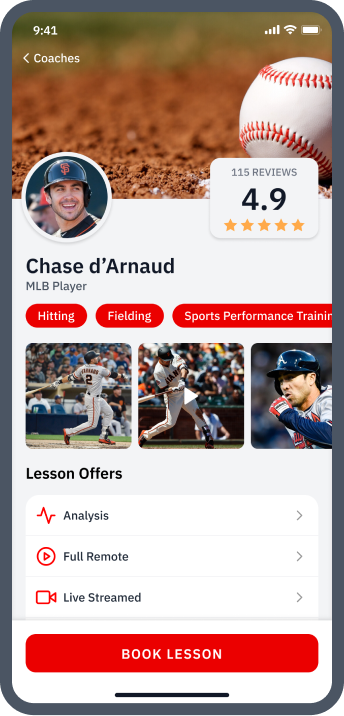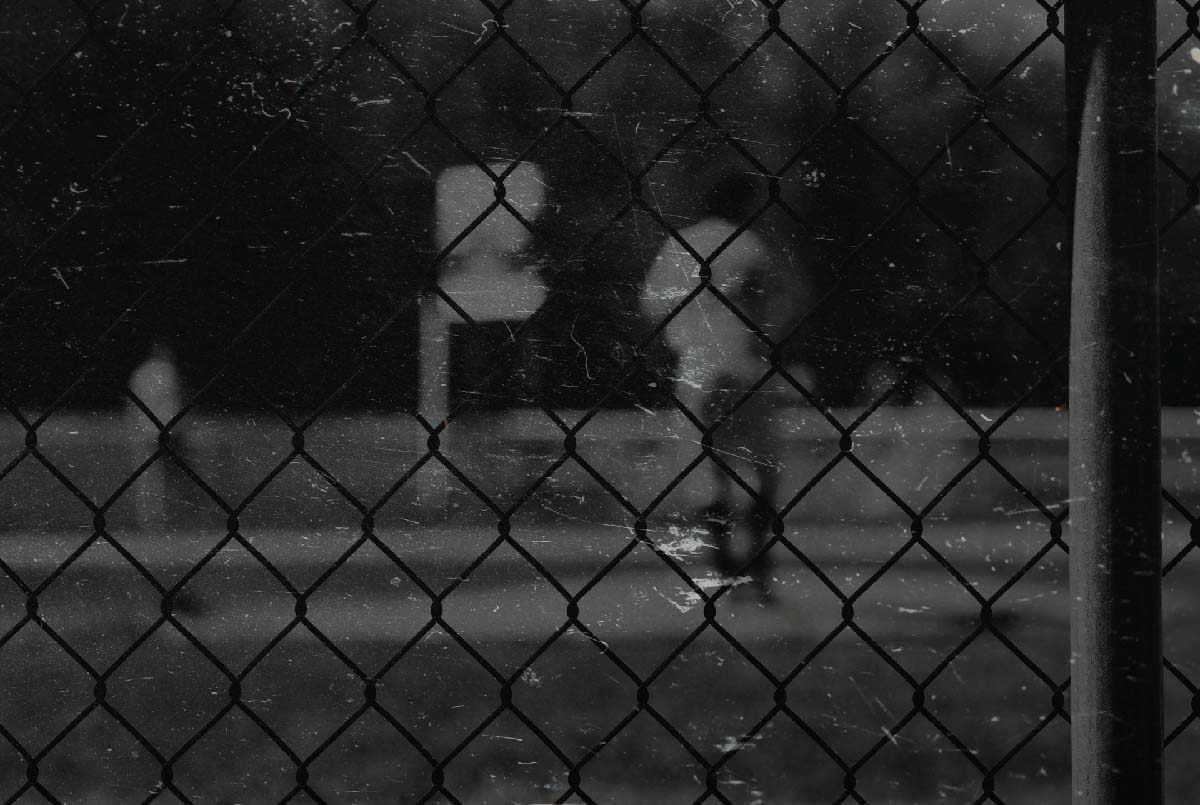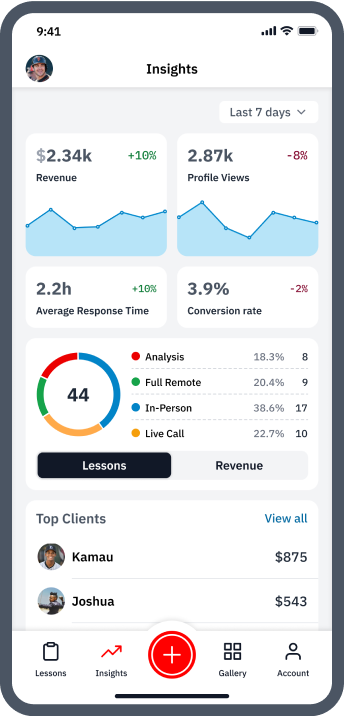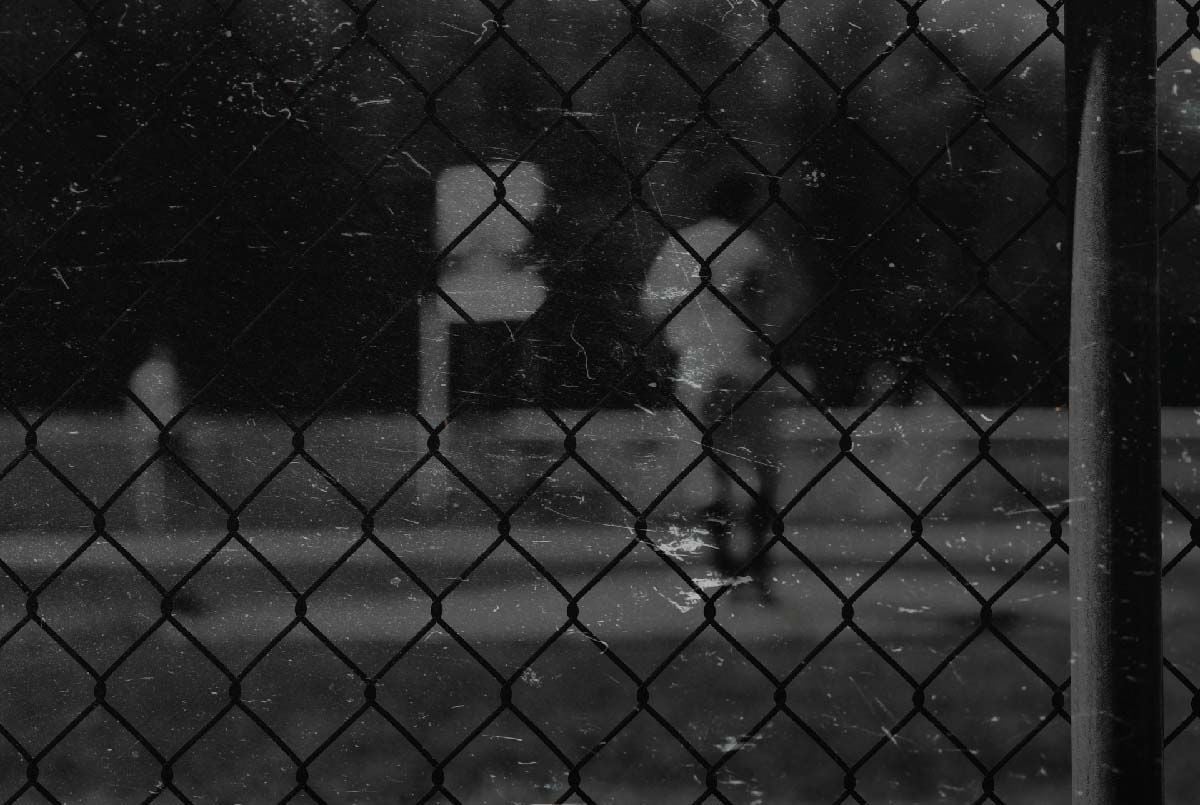Are Hip Thrusts Good for Baseball and Softball Players?

Do hip thrusts have a place in you or your athlete’s training program?
More specifically, will hip thrusts improve sports performance for baseball and softball players?
The TL;DR is:
Hip thrusts definitely have a place in both baseball and softball – but only when programmed and performed in certain intelligent ways. Hip thrusts can help improve sprint and broad jump performance, while supporting the capacity to generate torque. And improved sprinting is great for base runners and outfielders chasing down balls, while an overall explosive lower half is a benefit for hitters and pitchers.
Baseball and softball are two of the most participated in team sports in the world, and for many, the first organized sport they were involved in.
With increased participation in any sport comes the rise of unplanned injuries. Such ballfield injuries can potentially be avoided by proper strength and conditioning training, allowing ballplayers to stay healthy and continue playing the sports they love.
And injury-prevention aside, our baseball and softball are as competitive and skill-heavy as they come. So ballplayer’s and their trainers don’t have time in the weightroom to waste on exercises that don’t deliver results.
In an era where social media can be so influential and hip thrusts seem to be everywhere, shedding some clarity with research-based evidence is of the utmost importance.
So let’s hook-hand-slide in.
Wanna grow your baseball or softball coaching brand?
Get connected to new local and online lesson clients—along with all the tools you need to scale.
Download the free app

The Hip Thrusts’ Rise to Frame
First, let’s talk about hip thrusts and their recent popularity in the training/fitness industry.
Bret Contreras, better known as “The Glute Guy” completed his doctorate research on the gluteal muscles and has read just about every research study concerning glutes, if not all.
He is a pivotal figure on social media for his million plus followers, helping to drive much of the excercise’s recent rise in popularity.
Social media successes aside, Contreras has also done research comparing the hip thrust to traditional strength exercises such as the squat, and comparing the efficacy that these movements have on different power training movements, such as sprinting and jumping.
It is safe to say that Contreras is an advocate of his own research and implements hip thrusts in all of his training. I believe his expertise in performing hip thrust comes second to none.
Before we go any further though, below you will find instructions on how to properly set-up and perform a hip thrust.

In the first picture from the left (Figure 1), this will be your starting position. The upper back will be supported on the bench, more specifically, the bottom of your scapula (shoulder blades) should be sitting above the bench.
Before ascending into the Hip Thrust, position your feet and knees should be aligned, chin tucked, core braced, big inhale and forcefully drive your hips into full extension while exhaling.
In the second picture (Figure 2), the feet should be directly under your knees while encouraging either even pressure through the entire foot or dorsiflexing (lifting your toes up) to encourage pressure through the heels.
The glutes need to be contracted while keeping postural integrity. The chin being tucked will help keep your ribs down to avoid hyperextension of the lower back.
It is of the utmost importance that the spine and the pelvis stay in a neutral position. And you want to hold the contraction for a one count and slowly come back into the starting position. (Check out this video)
Hip Thrusts can be done using bodyweight, barbell (as shown above), bands, etc. They are versatile enough to match any athlete's training level or equipment constraints.
But, ultimately, this exercise’s primary purpose is to maximize hip extension by way of the end range of motion.
The hip extensors themselves are separated into primary and secondary movers.
Primary muscles involved in hip extension are the gluteus maximus, adductor magnus, biceps femoris, semitendinosus, and semimembranosus. The lesser influencers are the secondary movers, which include the gluteus medius and the adductor magnus.
Why Hip Thrust as a Baseball or Softball Player
The notoriously colorful Mike Boyle once said, “You never see anyone who can run or jump who doesn’t have an a**… in any sporting activity.”
Mike Boyle is one of the godfathers of strength and conditioning who has written numerous books, created a massive library of video content, and is an active contributor to current training research.
And Boyle’s point, bombasticism aside, is that elite athletic performance requires the developed musculature and functionality that working hip extension can contribute to.
And the Hip Thrust is the best way to add resistance to this extension movement with proper (safe) loading protocols.
For the physics lovers, hip thrusts are anteroposterior relative to the human body, which creates a horizontal force vector. The force vector hypothesis has resurfaced recently with Bret Contreras’ research. It characterizes the direction against resistance that a force is applied.
Also, it says that the transference of these force vectors in actual practice is greater when athletes train with power exercises in the same force vector as the ones used in the movements that they perform for their given sport or activity.
What does this mean in plain English? You still might be asking.
Improved sprinting is great for base runners and outfielders chasing down balls, while an explosive lower half is a major benefit for all hitters and pitchers.
Hip thrusts can be performed as both primary movement and auxiliary movement exercises. Depending on the training cycle, the repetitions can vary from 1-20 with accompanying loads that meet the proper loading parameters being employed by your trainer or program.
Unfortunately, there are too many variables that a trainer must take into account on an athlete by athlete basis to give any intelligent recommendations here that are less general and more prescriptive.
When putting together a strength training program, hip thrusts can be done year-round, and they can be adjusted as demands on the player’s body change throughout the year between the on and off seasons.
For the baseball or softball athletes I’ve worked with, hip thrusts have been a great and safe way of showing young players what they can accomplish in the weightroom.
After the bodyweight version has been perfected, you can begin loading up the bar to build confidence not only in hip thrusts, but in all future strength training exercises.
Oftentimes, athletes newer to weight lifting possess a mental hangup over loading the bar with plates that can keep them from recruiting all of their potential strength into a given lift.
Filling the bar up with multiple plates for hip thrusts helps build the culture of strength within the weight room and allows athletes to push their limits while maintaining high-quality movement patterns.
Before allowing athletes to “go for it,” of course, you must ensure that the technical standards and expectations remain the same with any amount of weight or any time of the year.
This is something that can be built with consistent coaching and effective demonstrations.

Hip Thrusts Are Not the End All Be All for Ballplayers
Everything above said, please make sure you read the next line carefully: the hip thrust in and of itself should not be the main priority in a strength program for baseball or softball players.
The action it creates, the extension of the hip, is an essential aspect of athletic performance.
However, according to research, not all hip extension exercises are created equal, and the angle at which it is trained plays a massive role in how well it transfers to sports performance.

Furthermore, the hip thrust has been put to the test head to head against the most tried and true exercises in any sports weight room–the squat, and the deadlift.
According to a 2015 study, twenty-six subjects with at least one year of resistance training were split into four groups, including the hip thrust, back squat, deadlift, and a control group. The goal of the study was to determine which exercise would benefit athletic based movements most.
The 40 yard and 10 yard sprint times were recorded, as well as countermovement jump and broad jump. In addition, all the strength exercises recorded a repetition max at a prescribed percentage.
After 18 training sessions over six weeks, the subjects were tested again, and it was concluded that each of the exercises produced beneficial results. Still, there was no direct relationship between any singular exercise protocol and significant athletic activity performance.
The specific, positive results recorded were slightly different depending on the exercise focused on in a given group. Ultimately, the authors recommended that all three exercises be included in any complete strength and conditioning program in order to receive their combined benefits.
And this is the main takeaway, that the hip thrust is not a magic bullet, but instead a great additive to a fully thought out strength and conditioning regime.

How to Translate Strength into Power
Now, bear with me, because this is where a lot of the previously mentioned studies fall short.
According to Specific Adaptations to Imposed Demands (SAID), the body will adapt to the specific demands placed upon it.
This SAID principle and its accompanying research, confirm that increasing strength also increases the capacity to produce more overall power.
“Capacity” is a key word here.
For that potential power capacity to become actionable and accessible on the ballfield or elsewhere, increased strength is often not enough.
These studies all trained different strength exercises and whether linear, undulated, or both, the overall power performances of the subjects in real athletic actions were not considerably improved upon.
Why is that?
Additionally, the intrinsic motivation for these participants may or may not have been motivated to produce improved power performance measures.
This brings me to my next recommendation on how the hip thrust can be more transferable onto the diamond.
A six-letter word that is so important for athletes and coaches to cultivate both in practices and games.
That word:
Intent.
Intent refers to the driving force or the purpose behind the movement.
An athlete's ability to perform repetitions with maximal intent has been shown to increase strength and power simultaneously.
Therefore, selecting the right exercises and weight loads may not be the only determining factor in improved performance.
I believe it to be all-encompassing, and the better the buy-in to the strength and conditioning program, the better the athlete’s results.
In short, I believe the hip thrust should be involved in every training program in some manner, as it strengthens hip extension strength.
Still, I also believe a variety of movements and sport-specific skills need to be practiced in order to develop baseball and softball players in the most effective way.
And, all of these movements and skill training sessions need focused intent as their consistent companion.

Hip Thrusts as Injury Prevention for Baseball or Softball
Thomas Myers, author of Anatomy Trains, first introduced the public at large to the fascial system in our body.
For example, when doing a bicep curl, you are working the bicep, but you are training the system, which includes fascia in the tricep. Fascial slings in the body have revolutionized physical therapy and corrective exercise protocols.
More specifically to the matter at hand, the hip thrust involves muscles in the posterior oblique sling, which is composed of the gluteus maximus, thoracolumbar fascia, and contralateral latissimus dorsi muscle.

The backside of each hip is connected to the backside of the opposite shoulder. Strengthening this sling will unlock power, strength, and speed.
Some common issues that arise when the sling is weak or dysfunctional include shoulder, knee, and low-back pain. You probably recognize that these injuries are common in ballpayers.
For younger athletes, the lack of ability to create torque or overall lack of strength leaves a lot of stress coming through the shoulder complex and through the elbow.
There is a big concern of these injuries in youth travel baseball and softball, which could be mitigated through the practice of safe and effective strength and conditioning programs – which should include the hip thrusts along with other hip-related patterns.
Of course, you don’t play shortstop on your back (hopefully), but these positions help demonstrate different planes of movement that an athlete might exert force within.
Because of these possible planes of exertion, multiple hip extension exercises should be performed from different positions in order to maximize the ability of an athlete's hips to create torque from a variety of positions.
The ability to generate torque through different positions and with different exercises will help with the transfer of torque and force production needed while crushing dingers or legging out doubles.

So, Are Hip Thrusts Good for Baseball and Softball Players?
The hip thrust should be included in programming for all athletes because it improves a primal movement pattern, strengthens the erector spinae, and builds muscle capacity in the gluteal muscles.
The ability to create force comes from the ground up, so if the hip is not strong, it will be compensated somewhere throughout the kinetic chain to the detriment of performance or longevity.
But, please do not be confused.
This is where an educated fitness professional to guide your ballplayer through the core lifts comes in, properly programming and building upon the capacity that has been created through “The Hip Thrust.”
About the Author
Anthony Arguello
MEd, CSCS
Anthony Arguello is a Professor of Kinesiology at Citrus College. He's also the school's head strength & conditioning coach and assistant football coach.

